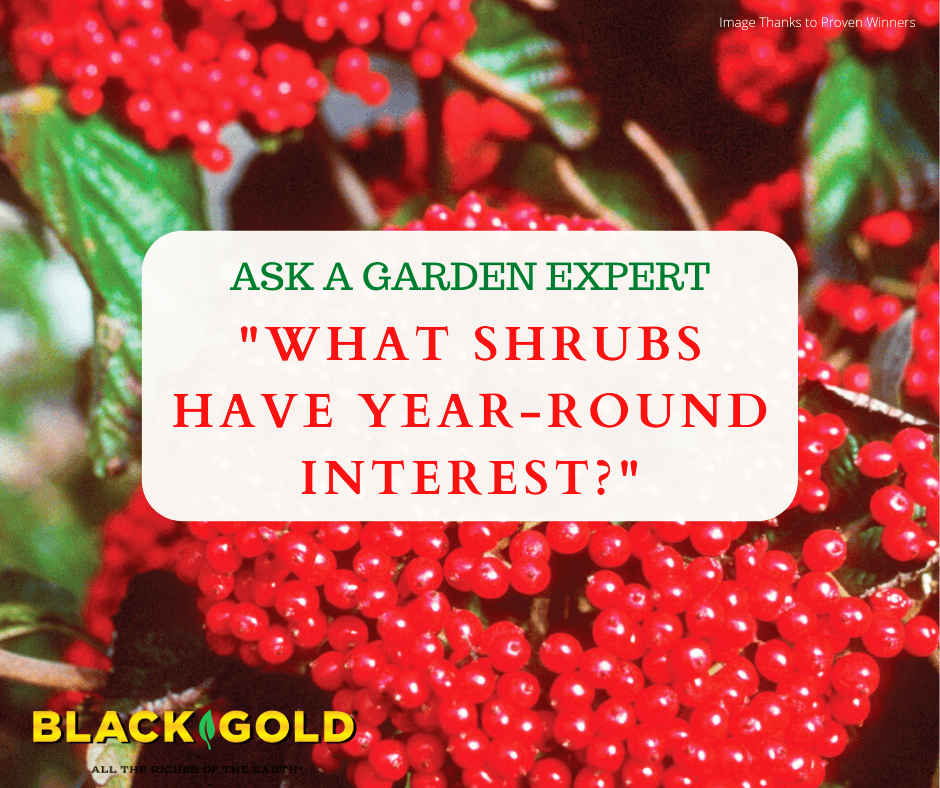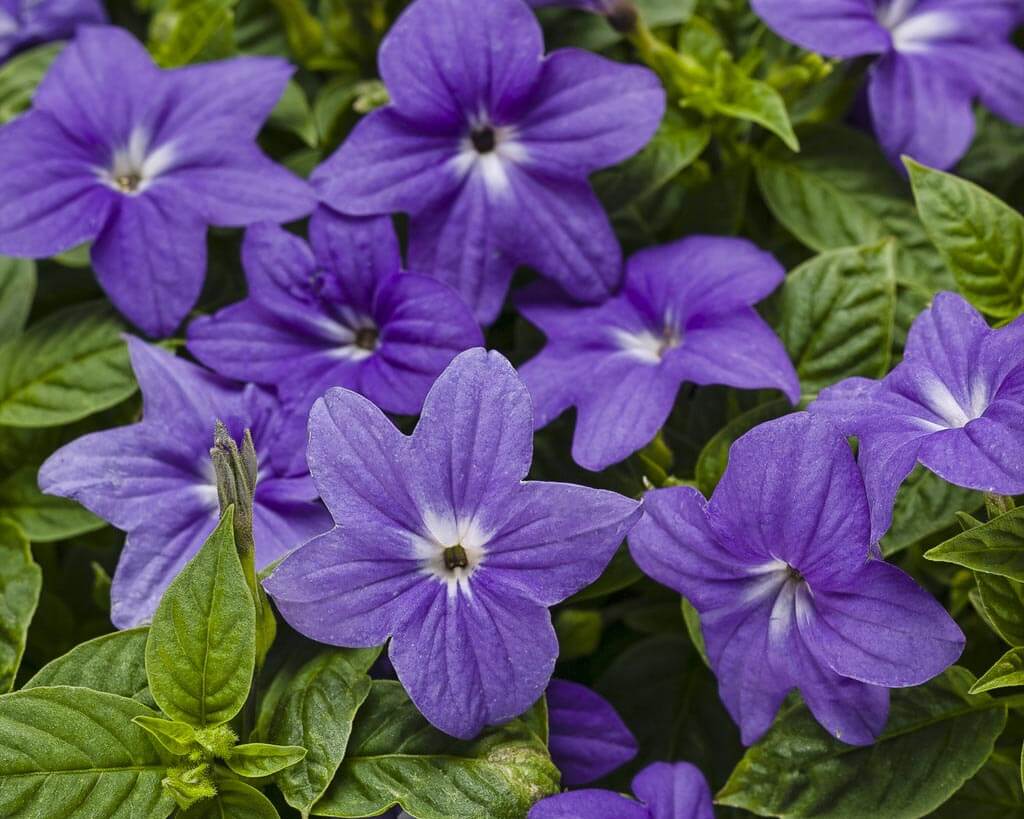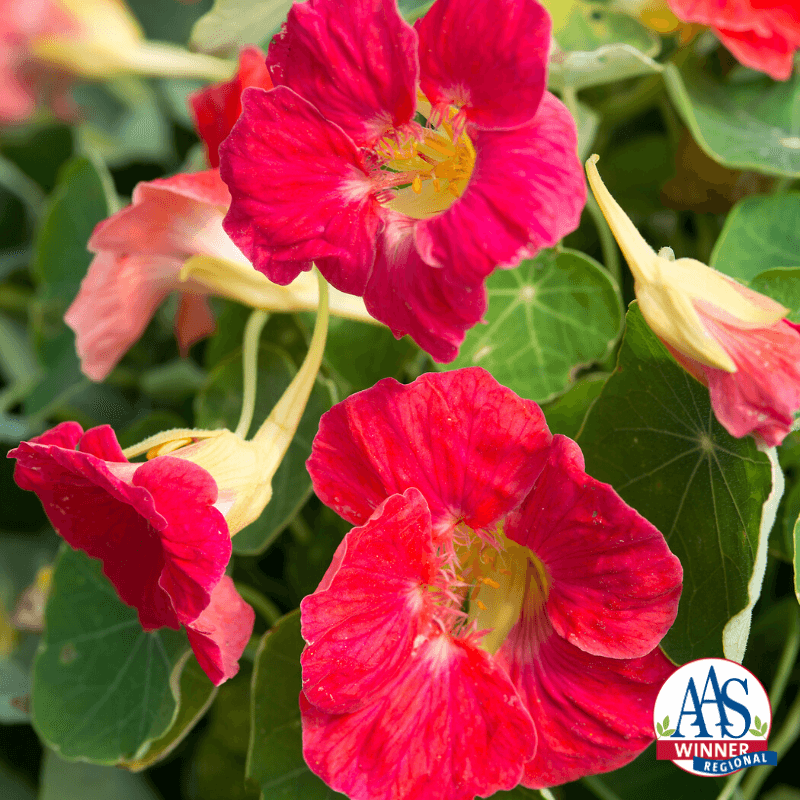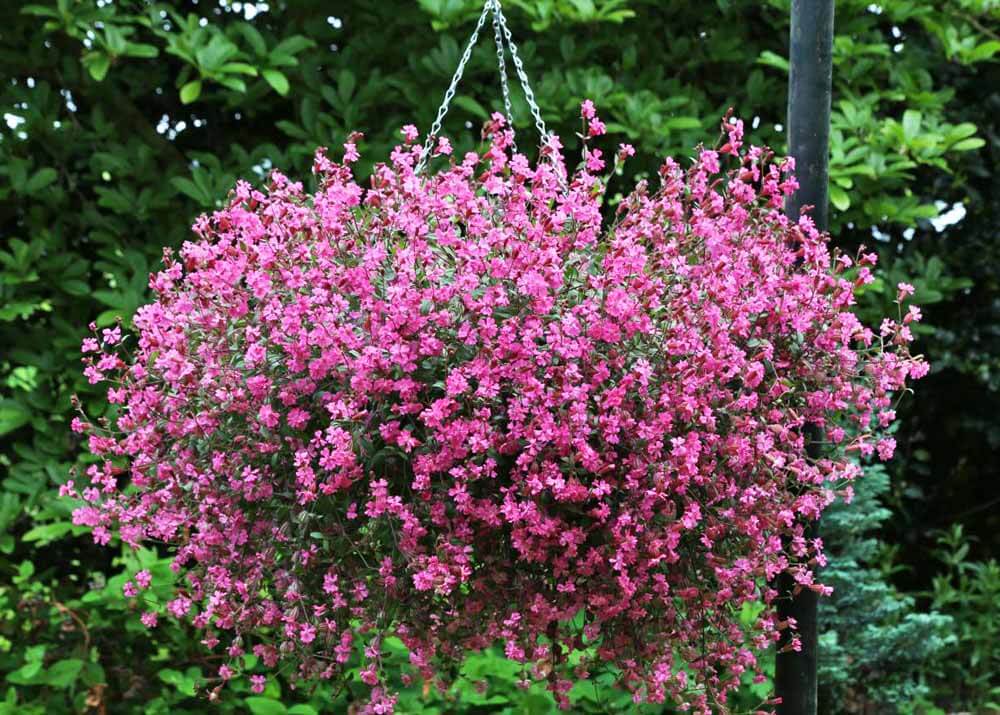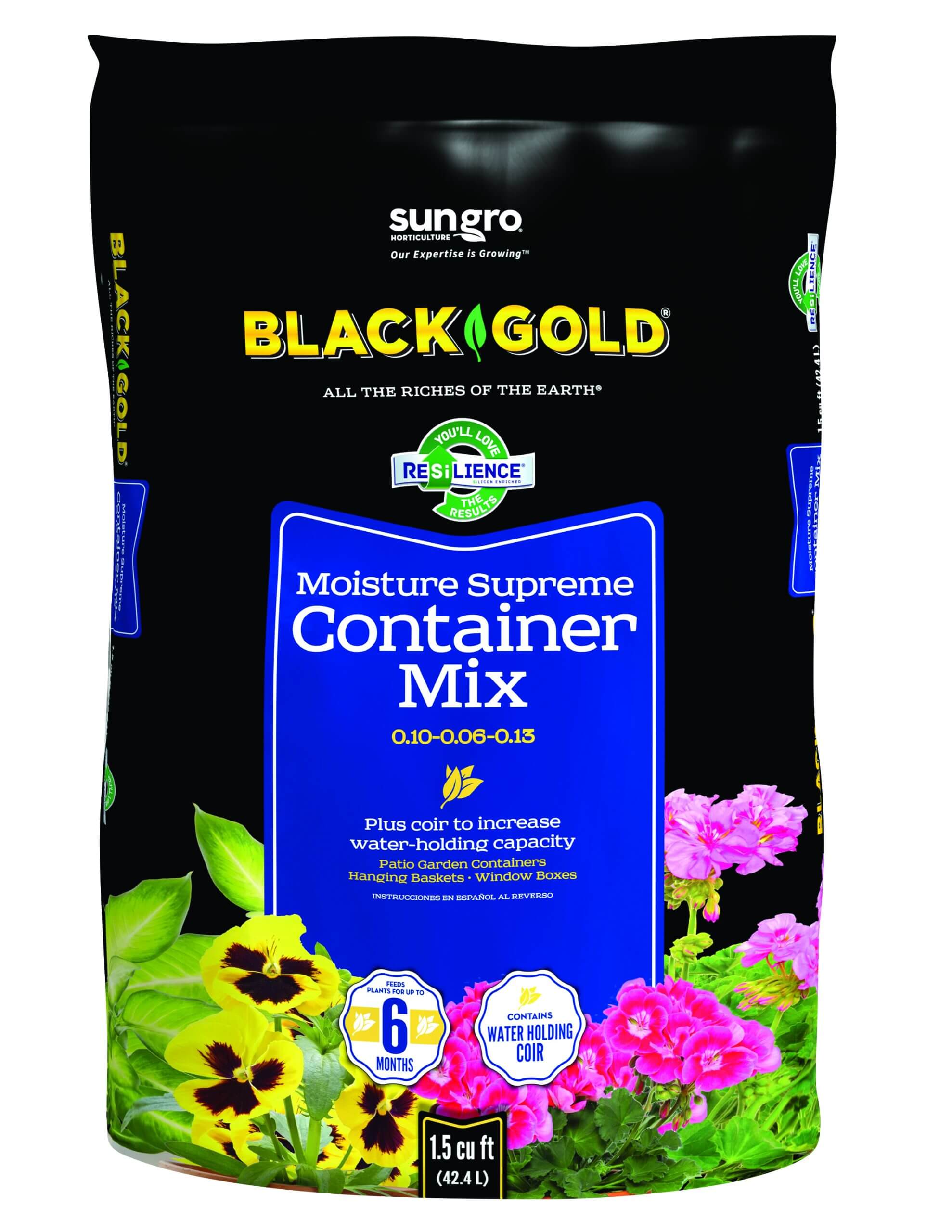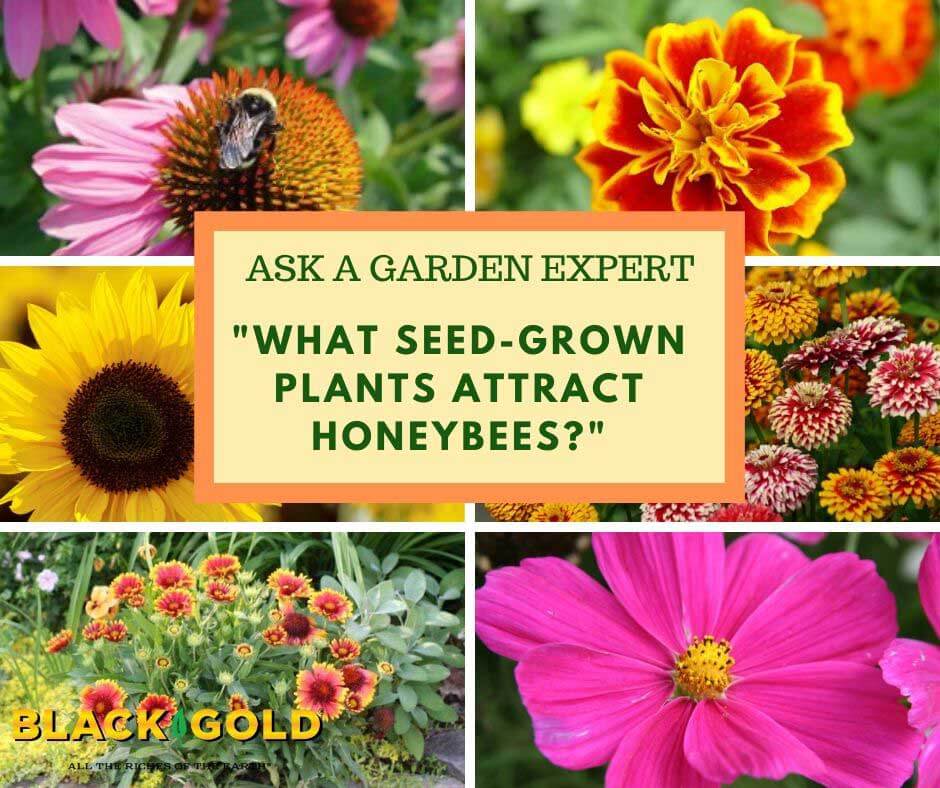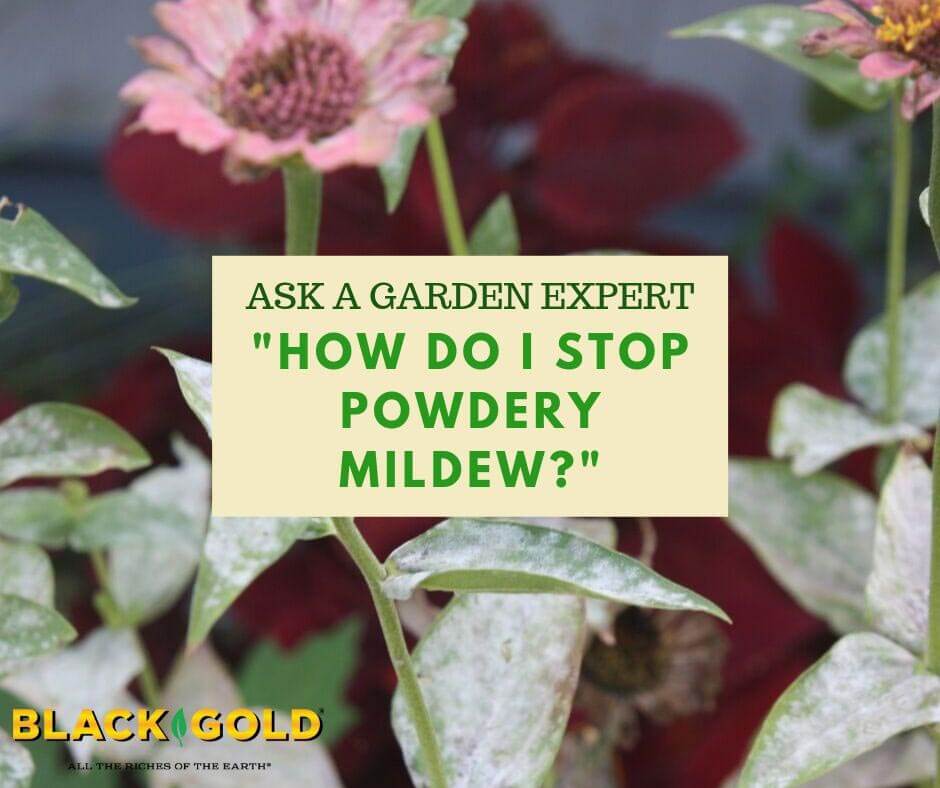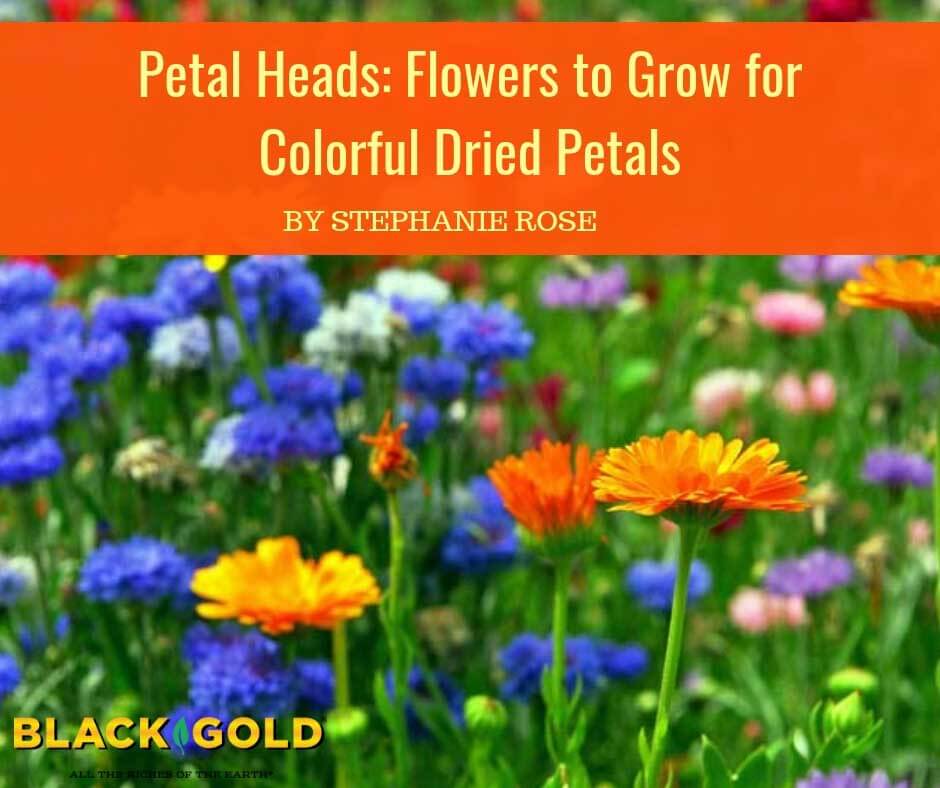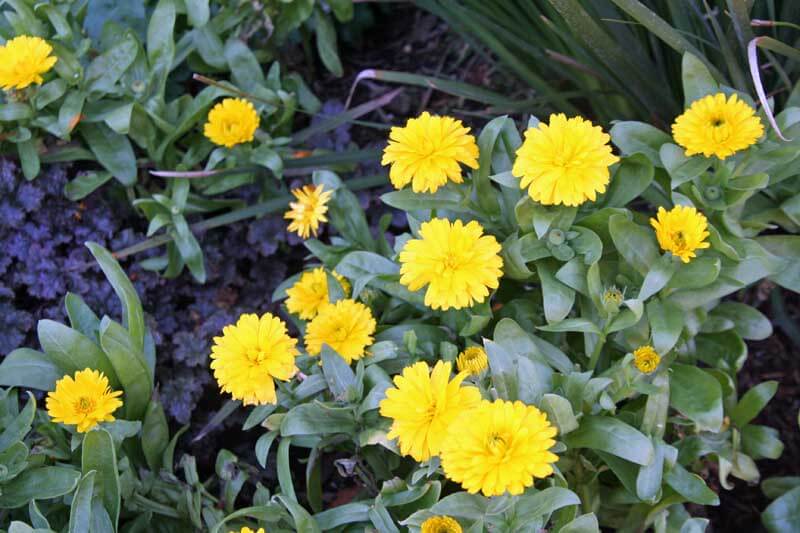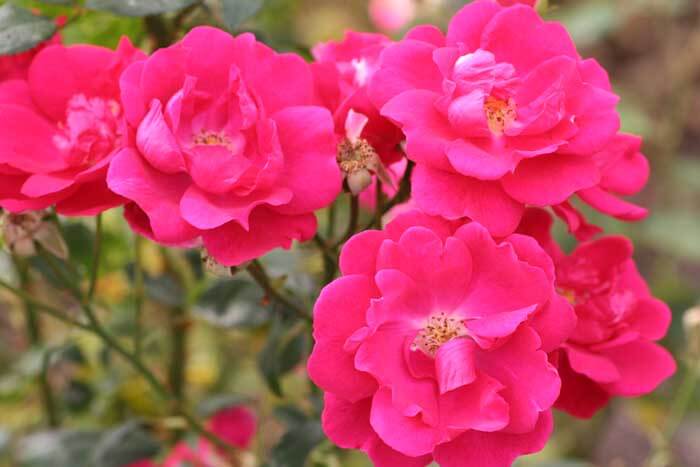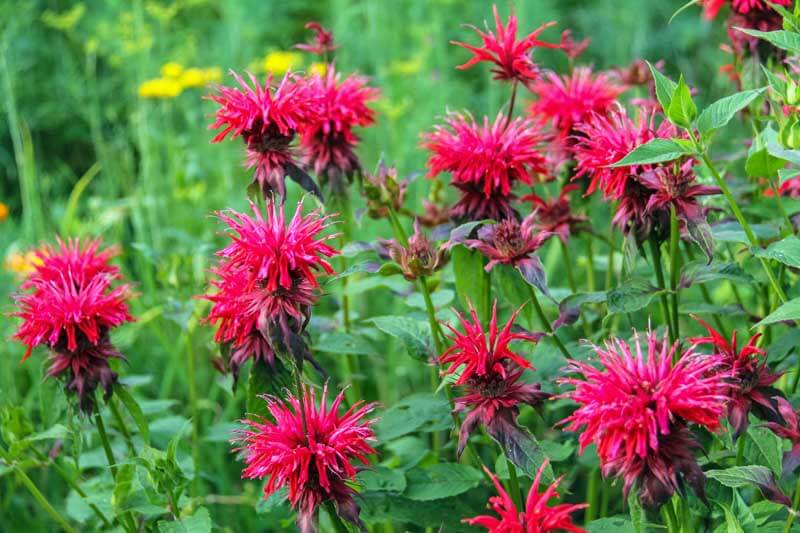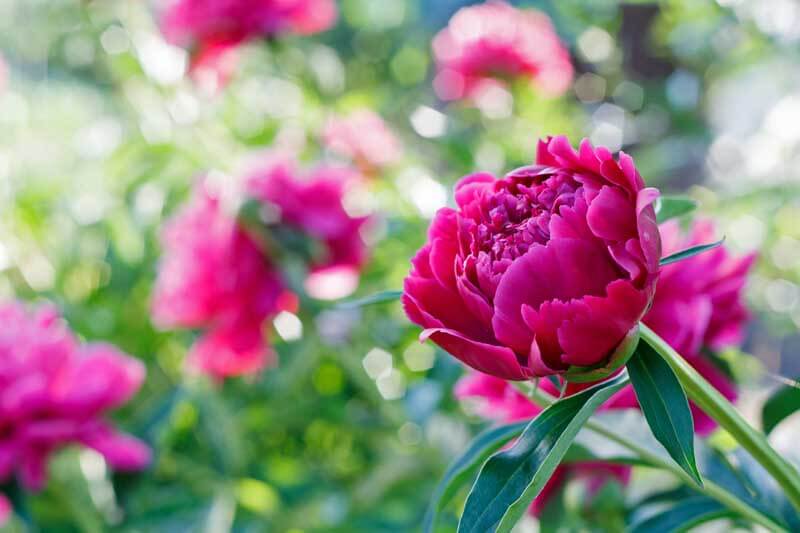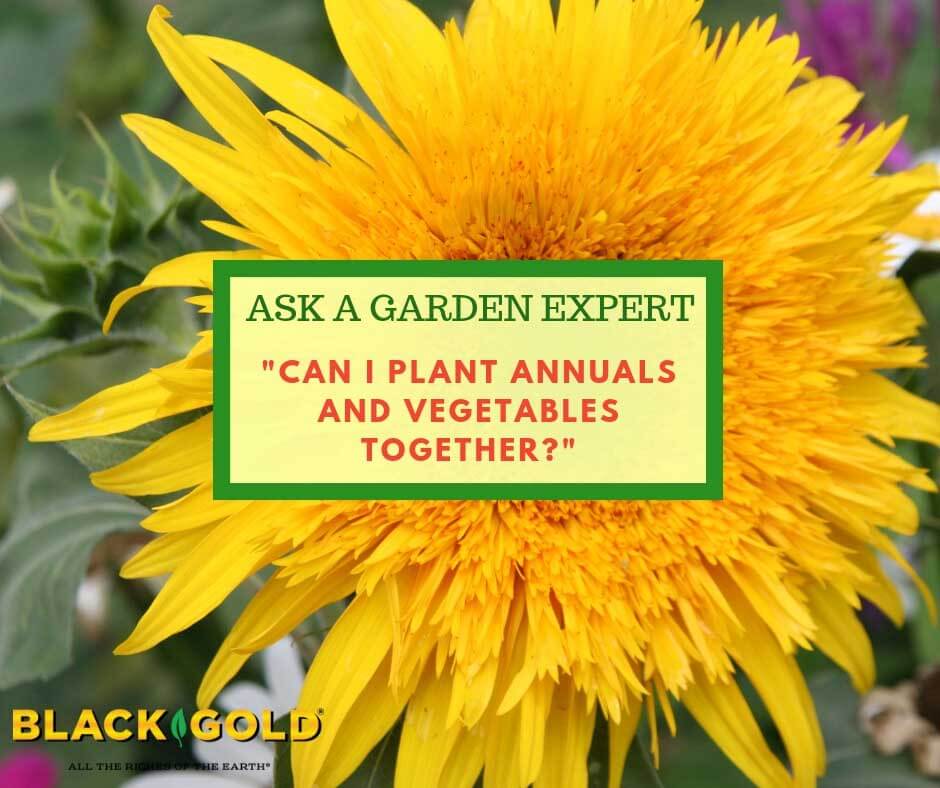
It is July, and there are so many plants in bloom on my deck that it is like a bonanza of color. It is so relaxing to sit there and be surrounded by containers that are bursting with flowers and watching the hummingbirds aggressively guard their territory. There are also honeybees and bumblebees, as well as an occasional dragonfly.
In my containers, there are some plants that I always seem to repeat every year because they perform so well, and I don’t want to be without them. My deck receives quite a bit of sun throughout the day, including hot afternoon sun. That means the plants need to tolerate some hot conditions, and I have learned throughout the years which plants perform best.
Bonfire Begonia

While we often think of begonias as being shade-loving plants, Begonia Bonfire® has been an excellent summer-blooming plant for our sunny deck. The summerlong flowers of bright orange fit the name, Bonfire®. Hummingbirds like them, and it has a trailing habit that makes it excellent for hanging baskets and tall containers. I have planted three of these begonias in the center of a pot with white Bacopa (Snowstorm® Snow Globe® Bacopa is a good choice) around the edge. The two make a nice combination.
Two Sweet Salvias
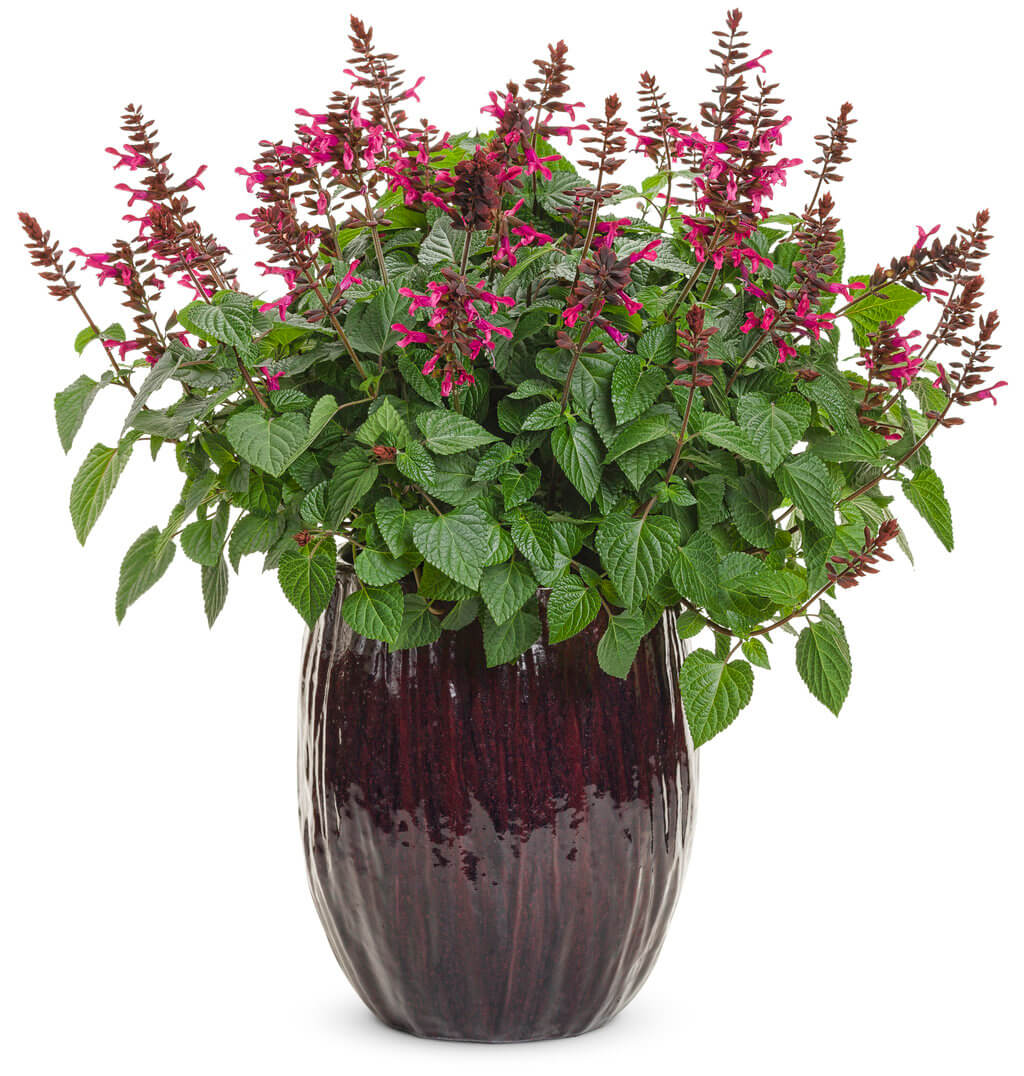
Two salvias from the Proven Winners® brand are on my deck this summer, and they are both outstanding. Rockin’® Fuchsia Salvia (Zones 9-11) is a compact grower (24 to 36 inches) that is excellent for containers. The flowers themselves are dark fuchsia and supported by stems of lighter fuchsia. At the base of each flower is a persistent, beak-like calyx that is dark fuchsia, so when each flower fades and falls, the stems and calyces continue to provide color. The other salvia is Rockin’® Blue Suede Shoes (Zones 9-11), and, as the name implies, it has blue flowers. The stems and calyces on this are very dark, almost black. Hummingbirds seem to like both salvias equally.
Suncredible Sunflower
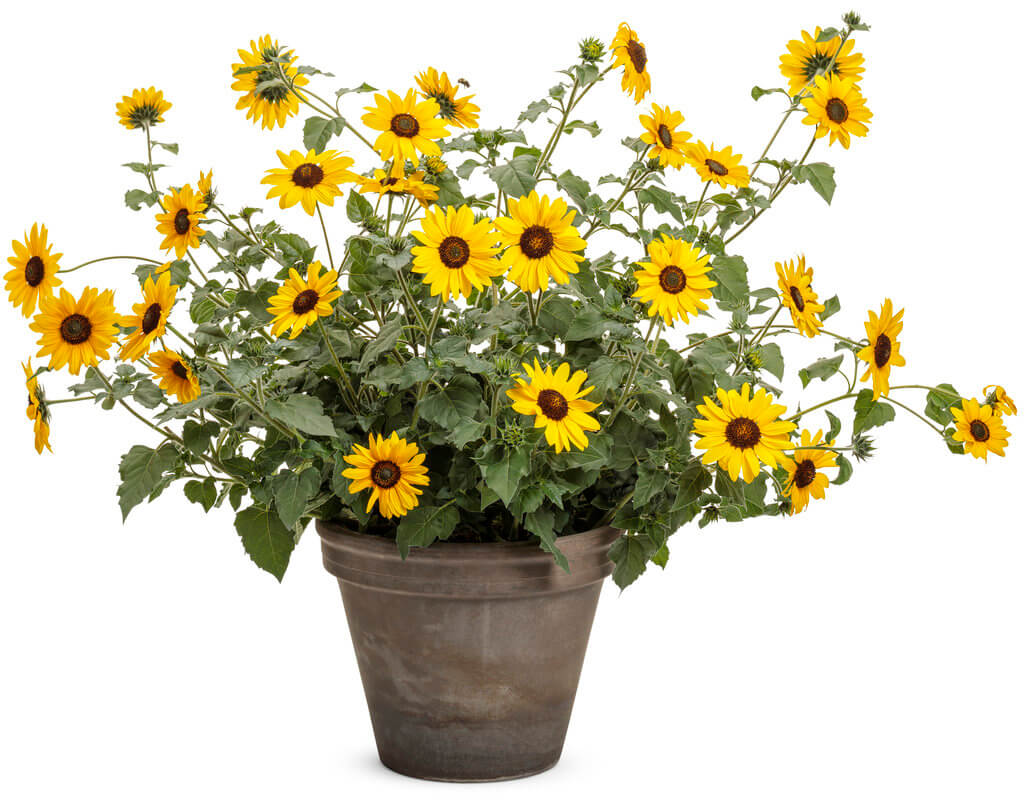
Another Proven Winners® plant on my deck that is new to me, is the annual Suncredible® Yellow Sunflower, which reaches just 2 to 4 feet. I first saw this in a trial garden last summer and knew that the following year it would be in my garden. It is a new type of sunflower that is very compact, everblooming, sterile, and loves the heat. The plants were in bloom when I bought them in May and have never stopped flowering. Sunflowers offer a bright spot of color, and each plant is covered in blooms.
Candy Corn Plant
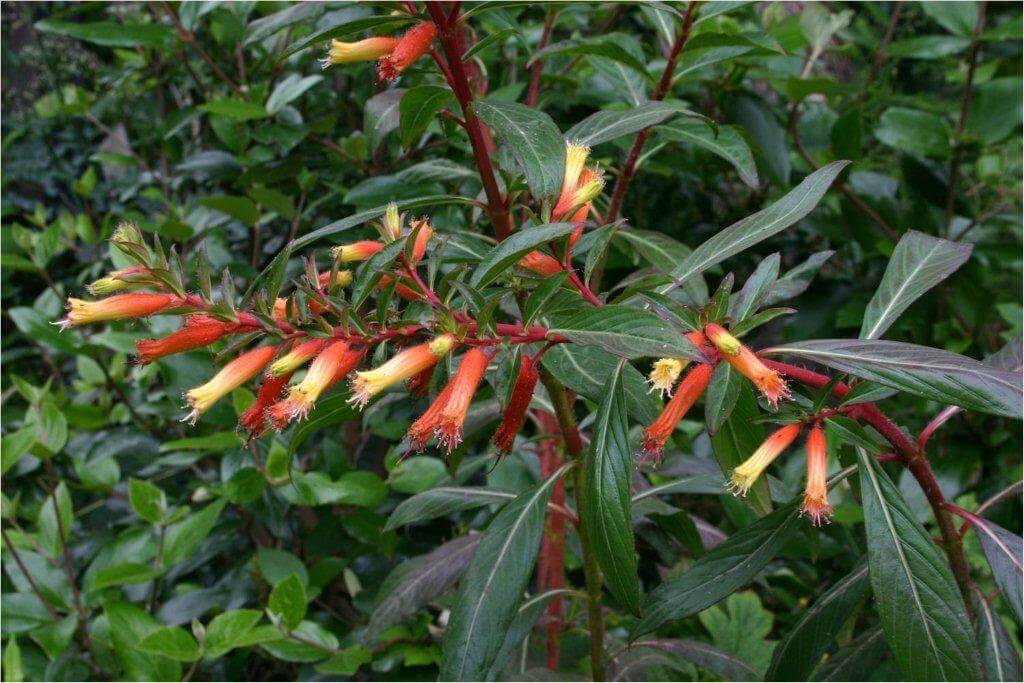
If ever there was a bold container plant that was a prolific bloomer, hummingbird magnet, and heat-lover it would be candy corn plant (Cuphea micropetala, Zones 8-11). While not reliably winter hardy here, mine came through our mild winter. Earlier this season, it was scraggly, and a grower friend told me to cut it back halfway, which I did. Usually, they reach up to 3 feet or more, but the result has been a beautiful looking, very compact plant. Because I cut it back so far, it was late to bloom, but it is beautiful now. Its small tubular flowers are orange with yellow tips and held on stems that are almost like spikes. Flowering continues all summer.
Cleopatra Canna

Cannas are primarily known for their foliage and flowers, but my Canna ‘Cleopatra’ (Zones 8-11) has outstanding leaves–no flowers required. The large leaves have dark maroon markings that appear at random. Some leaves might have maroon stripes, while others might be half maroon. The red and yellow summer flowers are also impressive, and their coloring is as random as the leaves. I like the standard 4- to 6-foot variety in big pots, but gardeners that prefer more compact plants can buy dwarf Canna ‘Cleopatra’, which reaches just 3 feet.
Big Container Bananas
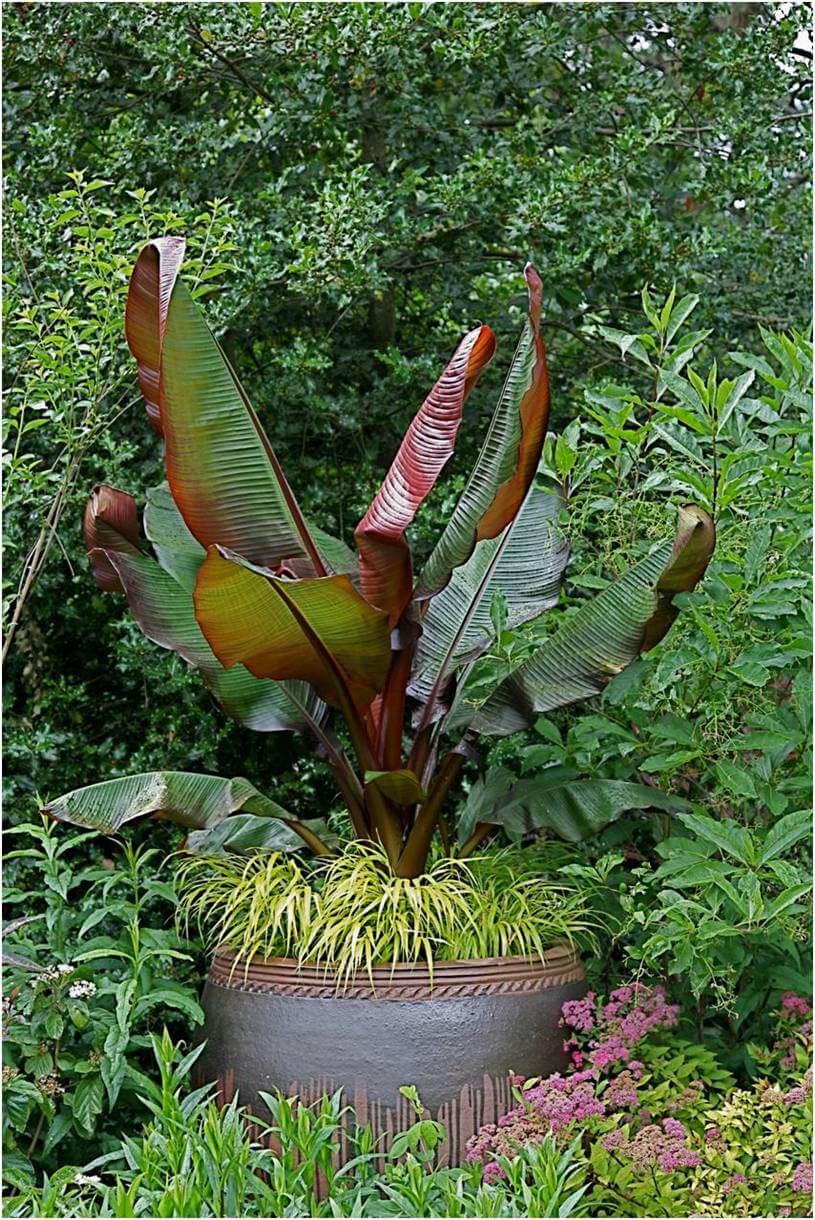
I would be remiss without mentioning my three potted red leaf bananas (Musa ensete ‘Maurelii’ (syn. Ensete ventricosum ‘Maurelii’). These are in large pots because they grow so fast and get so big in just one season. They are not winter hardy, so each must be newly planted in spring. This year’s specimens were about three feet tall, and by the end of the summer they will be 8-10 ft tall. The large tropical leaves are tinged with red and have dark red leafstalks. It is an outstanding foliage plant. The large leaves can be shredded by the wind, so keep it in a wind-sheltered area.
Other gardeners certainly have their own lists of the best container plants for July heat, but these are my favorites for our summers in the Pacific Northwest. I enjoy sharing mine with neighborhood gardeners and learning what they are growing as well. Just walking around the neighborhood and looking at hot, sunny garden spots tells me what plants are performing. My list also grows. It is always fun to try something new, and this year the salvias and sunflower were my choices.
Enjoy the height of summer!


